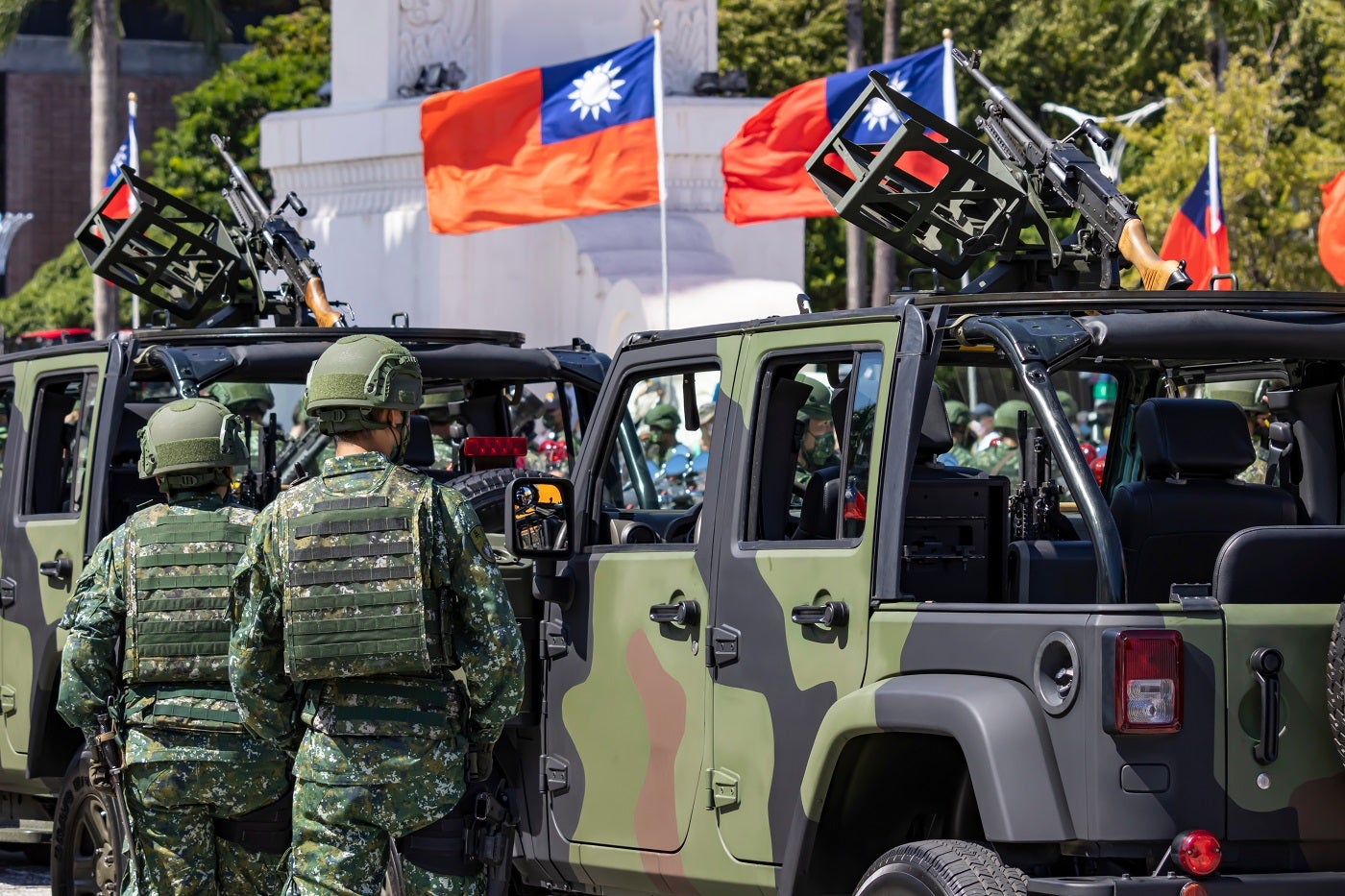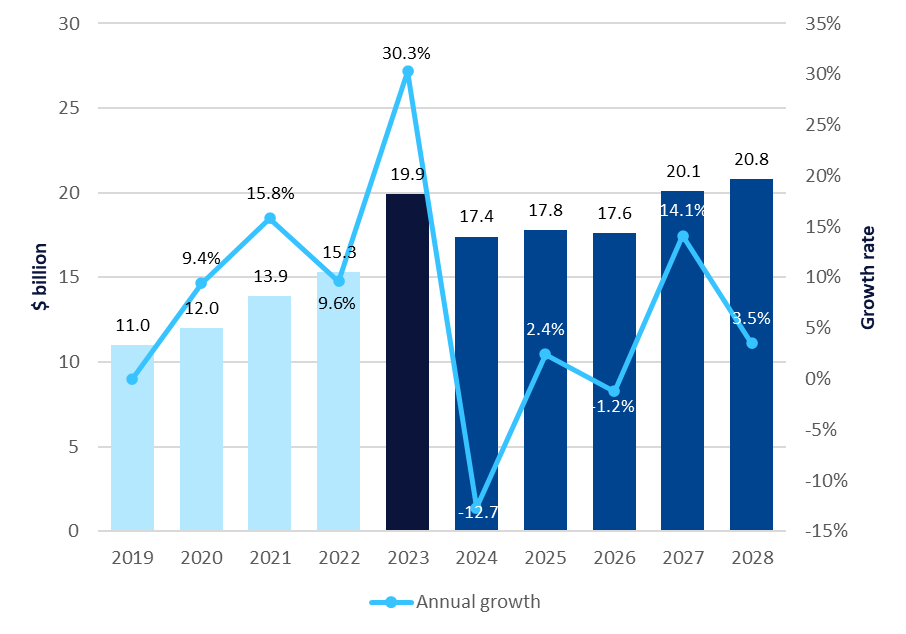
China has been increasingly assertive in its claims over Taiwan in recent years, regularly conducting military exercises and sending fighter jets into Taiwan’s airspace. These aggressive moves have resulted in an increased Taiwan’s defence budget as Taipei seeks to modernise its military and acquire more advanced weapons systems to counter the threat from China.
Taiwan has refused to give in to the pressure and is consistently working with its closest ally, the US, to enhance its military capabilities. The country’s increased defence budget has been growing steadily since 2019, with the government allocating $19.9bn to its defence expenditure, an increase from $11bn in 2019.
This defence budget increase had come amid a backdrop of consistent tensions with China, with one of the most explosive fractures of relations coming in August 2022, when the then US House Speaker, Nancy Pelosi, visited Taiwan in defiance of Beijing. In response, China launched its most significant and aggressive live-fire war drills in years in the waters and skies around Taiwan.

Taiwan targets all platforms, as China’s threat comes from all angles
The US has always claimed they would not allow China to take Taiwan, as shown by the US being the largest exporter of military supplies to Taiwan. This message was once read and understood by China, but fast forward over 20 years of military development, and a lot has changed in China, with the country’s People’s Liberation Army Air Force (PLAAF) consistently overflying Taiwan’s airspace without identifying their presence or filing a flight plan.
James Marques, Aerospace, Defence, and Security, an analyst at GlobalData, claimed, “What makes the Taiwan situation particularly disconcerting as that in rhetoric at least, the U.S. and China are at complete loggerheads.
Joe Biden explicitly stated a few months ago that the U.S. would indeed directly intervene were China to attack Taiwan, and the CCP openly maintains ‘reunification’ – taking Taiwan – as a core part of its doctrine and vision for the future of the nation.”
How well do you really know your competitors?
Access the most comprehensive Company Profiles on the market, powered by GlobalData. Save hours of research. Gain competitive edge.

Thank you!
Your download email will arrive shortly
Not ready to buy yet? Download a free sample
We are confident about the unique quality of our Company Profiles. However, we want you to make the most beneficial decision for your business, so we offer a free sample that you can download by submitting the below form
By GlobalDataTaiwan is a lucrative defence market to arms, and military hardware suppliers, with fixed-wing aircraft, missiles and missiles defence systems, and naval vessels and surface combatants being the top three largest sectors within the Taiwanese defence market, according to GlobalData’s “Taiwan Defence Market 2023-2028“.
Taiwan’s ageing fleet of F-16s and Mirage 2000s are different from China’s advanced J-20 and J-31 fighter jets, which have an extended range and are equipped with more advanced weapons systems. Taiwan has requested F-16 munitions from the US to counter this and boost its capability.
Another area where Taiwan is increasing its defence spending is on missile defence systems. China has a large arsenal of ballistic missiles that it could use to target Taiwan’s military installations and population centres.
Taiwan has invested in missile defence systems such as the Patriot Advanced Capability-3 (PAC-3) to counter this threat. Since China’s invasion would most likely start through air strikes from fighter jets, guided missiles from the mainland are a priority.
Taiwan is also investing in developing its navy, a critical component of its defence strategy. Taiwan has limited warships and submarines, which could be vulnerable to a Chinese naval attack.
To address this, Taiwan is investing in developing its submarines and is looking to acquire more advanced warships from other countries, such as corvettes. In October 2021, Taiwan started to build the second Tuo China-class corvette, and the Taipei Times reported in March 2023 that the Taiwan Navy would acquire five more corvettes.
James Marques continued, “Taiwan is working on building a force that can certainly make seizing the island difficult and costly. In the past year since the war in Ukraine Taiwan has focused on building resilience against likely events such as the cutting of its undersea communications cables, satellite blackouts and mass air and missile attacks. They are investing in weapons that have proven themselves in Ukraine, such as Javelin anti-tank missiles, HIMARS rocket launchers and man-portable anti-aircraft missiles.”
In conclusion, Taiwan’s defence budget has increased steadily since 2019 as China continues to assert its claims over the island. Taiwan is investing in new fighter jets, missile defence systems, and naval capabilities to counter the Chinese threat and maintain its sovereignty. The tensions between Taiwan and China are likely to continue, and Taiwan’s defence spending will likely remain a critical issue in the coming years.








Related Company Profiles
CCP AG
SECURITY CORPORATION
Aerospace Holdings, Inc.